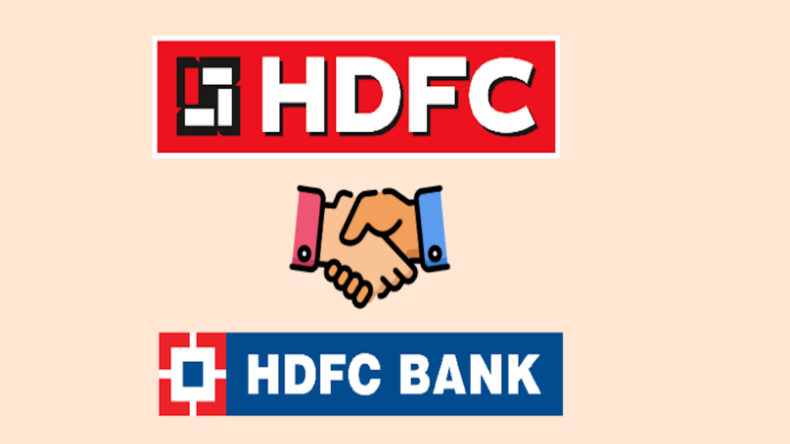The boards of private lender HDFC Bank and mortgage lender Housing Development Finance Corporation (HDFC) agreed on July 1 as the merger’s effective date and July 13 as the record date.
In a regulatory filing by HDFC, it was stated that the board had approved “July 1, 2024, to be the ‘effective date’ of the (amalgamation) scheme, on which date the certified order of the NCLT sanctioning the scheme will be filed by HDFC Investments, HDFC Holdings, the Corporation, and HDFC Bank with the Registrar of Companies (RoC)”.
In a ruling put out on March 17, the Mumbai branch of the National Company Law Tribunal (NCLT) approved the merger of HDFC and HDFC Bank. Following the merger, HDFC branches will remain open, however HDFC Bank will be shown on the signboards.
Significance of the merger
This merger signifies a significant transformation for HDFC Bank, making it the second-most valuable Indian company, surpassing TCS and trailing only RIL. Moreover, it marks the end of an institution that pioneered large-scale, profitable and socially relevant housing finance in the private sector.
Factoring the merger, HDFC Bank’s assets will be 58% higher than the pervious year. Given that other private banks are growing much faster than peers in the public sector, the gap between the two will further narrow.
Announced in April 2022, the merger of the two entities will create the fourth largest lender in the world by market capitalization. The market cap of the combined entity is estimated to be $172 billion, according to Bloomberg. Bank of America is the third largest with a market capitalization of $228 billion, while JPMorgan Chase is the largest in the world at $417 billion.
Post merger, the new entity has to follow External Benchmark Lending Rate (EBLR). So far, HDFC Ltd. which were categorised as Non-Banking Finance Companies (NBFCs) had its own benchmarks according to which it specified interest rates. The depositors, on the other hand, would be given the option to either withdraw their deposits or renew on maturity at the HDFC bank rates. Post merger, the HDFC branches will continue to operate, and all employees under the age of 60 will be absorbed in the new entity.
What did the retiring HDFC Chairman say?
HDFC Chairman Deepak Parekh said that he has ‘hung his boots’ ahead of massive HDFC-HDFC Bank merger. The senior business leader had earlier indicated that June 30 would be his last working day after spending 46 years at the Corporation. The reverse merger of the housing finance major HDFC with its banking subsidiary HDFC Bank is also likely to be completed today.
He also expressed his confidence in the preservation of the “HDFC way of working”. He expressed his hope that the core values of kindness, fairness, efficiency and effectiveness would continue to upheld in the HDFC Group.
In his last letter to the shareholders, Parekh emphasized optimism regarding the economy and the potential of Housing Finance. He acknowledged the uncertainty of the future and the risk organizations face by sticking to the status quo. Parekh assured shareholders that the merger aims to ensure a future without limitations for the shareholders.
He also reassured the shareholders that the work culture of the merged entity would incorporate the best practices from both organizations while maintaining the underlying ethics and value system of HDFC.













